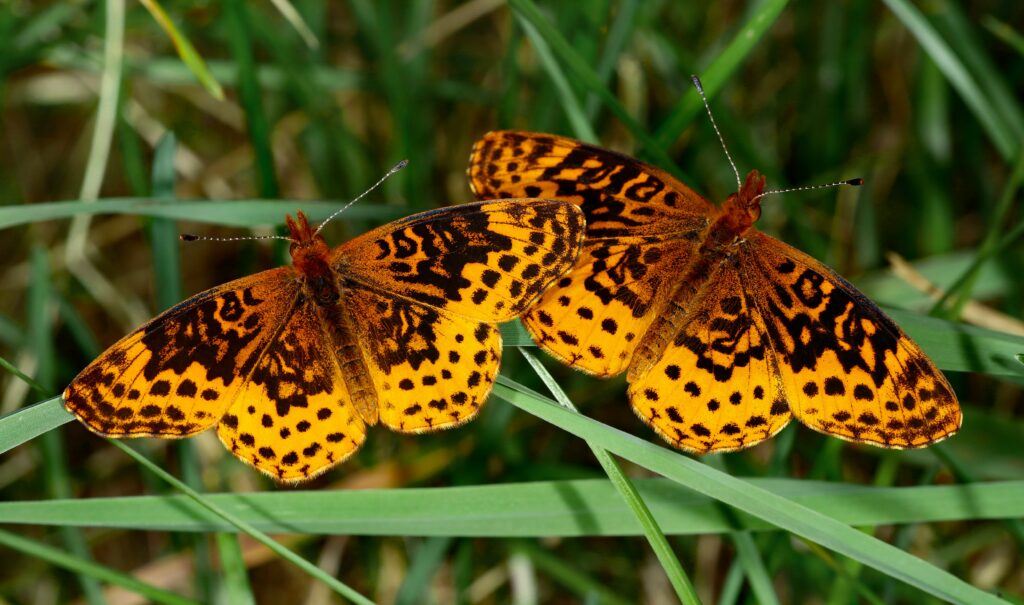While dogs and cats often claim the spotlight in the pet world, insects have been steadily gaining popularity as alternative companions. These tiny creatures offer unique advantages as pets – they require minimal space, have fascinating behaviors, and can teach valuable lessons about biology and ecology. However, not all insects are created equal when it comes to captive care. Some species thrive in domestic settings, while others struggle to adapt or present challenges that make them unsuitable for the average pet owner. Understanding which insects make better pets can help potential owners make informed decisions that benefit both themselves and their tiny charges.
The Appeal of Insects as Pets
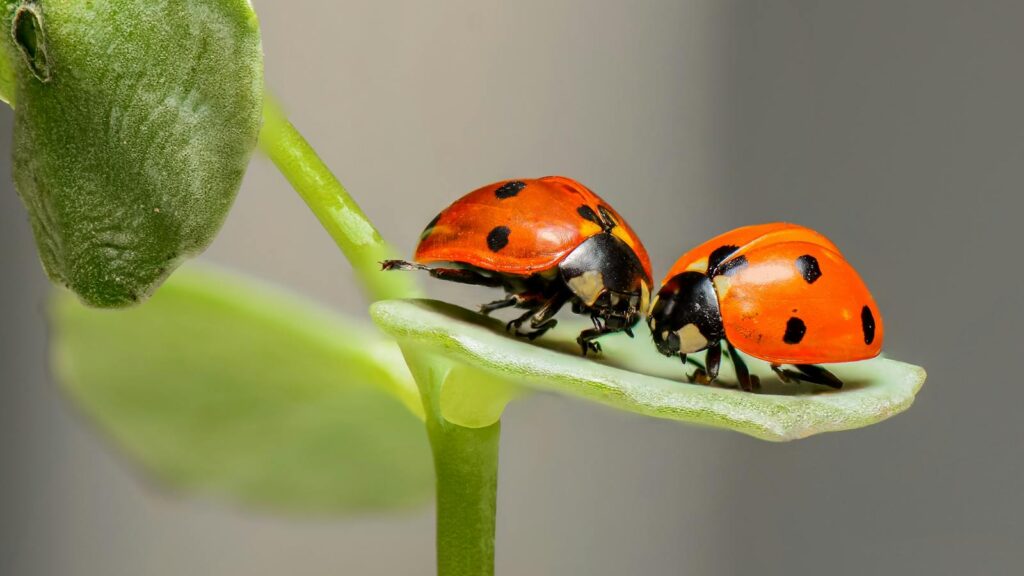
Insects offer numerous advantages that traditional pets cannot match, making them increasingly appealing to many households. They typically require minimal space, with many species thriving in enclosures no larger than a shoebox, making them ideal for apartment dwellers or those with limited room. The maintenance costs for insect pets are substantially lower than mammals or reptiles, with simple dietary needs and inexpensive habitat requirements. Most insects have shorter lifespans, which can be beneficial for families looking for shorter-term commitments or those wanting to introduce children to the responsibilities of pet ownership. Additionally, observing insect behaviors and life cycles provides remarkable educational opportunities, offering firsthand insights into metamorphosis, ecological roles, and biological adaptations.
Stick Insects: Low-Maintenance Marvels
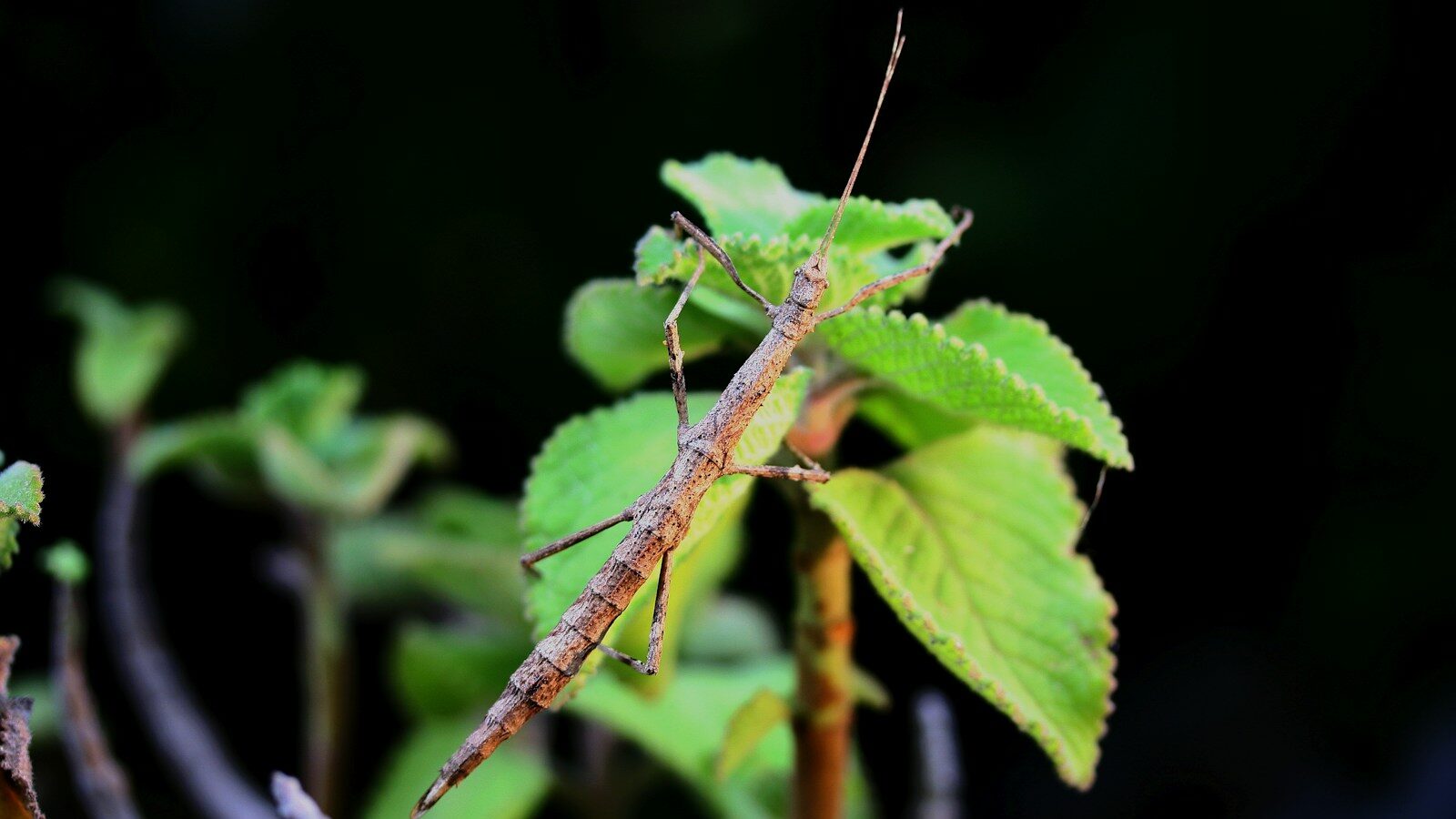
Stick insects (Phasmatodea) have earned their place among the most suitable insect pets due to their docile nature and straightforward care requirements. These masters of camouflage primarily feed on common plant leaves, with many species thriving on blackberry, oak, or rose foliage that can be easily sourced. Their peaceful temperament makes them ideal for handling, as they rarely bite and typically move with deliberate, slow movements that won’t startle new owners. Most species require simple enclosures with moderate humidity and room-temperature conditions that don’t necessitate specialized equipment. The Indian stick insect (Carausius morosus) particularly stands out as an excellent beginner species, with individuals often living 1-2 years and exhibiting fascinating parthenogenesis, where females can reproduce without males.
Praying Mantids: Charismatic Predators

Praying mantids captivate owners with their almost alien-like appearance and remarkable hunting behaviors that showcase nature’s precision. These predatory insects possess articulated heads that can rotate 180 degrees, allowing them to track prey with exceptional visual acuity through their compound eyes. Despite their fearsome reputation, most mantid species are surprisingly easy to handle and rarely attempt to bite humans, making them suitable for careful owners who respect their needs. Their care involves simple enclosures with climbing opportunities and regular feeding of appropriately sized live insects, which provides enrichment through natural hunting behaviors. The Chinese mantis (Tenodera sinensis) and Ghost mantis (Phyllocrania paradoxa) are particularly popular choices, offering distinctive appearances and temperaments that make observation particularly rewarding.
Beetles: Diverse and Fascinating
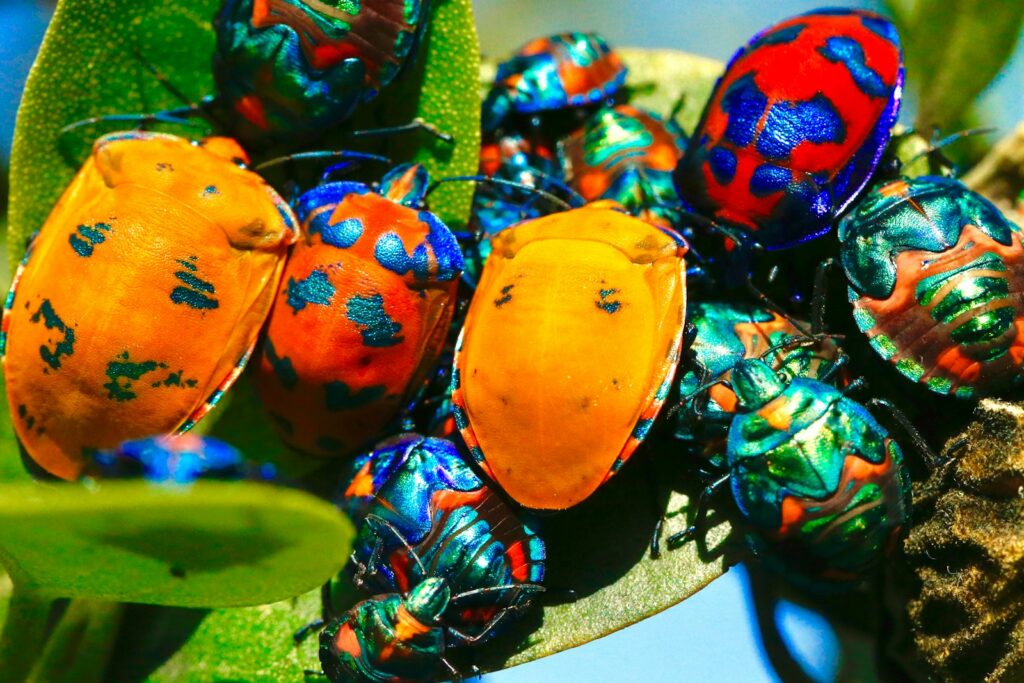
Beetles represent the largest order of insects, with certain species making exceptional pets due to their hardiness and interesting behaviors. Darkling beetles and their larvae (mealworms) are particularly beginner-friendly, requiring only simple setups with substrate, food scraps, and occasional protein sources. The impressive rhinoceros beetles and stag beetles captivate owners with their dramatic horns and mandibles, though their care requires more specific conditions including proper substrate for larvae development. Many pet beetles have fascinating life cycles that owners can witness firsthand, from egg to larva to pupa to adult, providing educational opportunities about complete metamorphosis. The relatively simple care requirements of species like the blue death-feigning beetle (Asbolus verrucosus), which needs only a desert-like enclosure and occasional fruits or vegetables, makes beetles accessible to owners with limited experience.
Millipedes: Gentle Decomposers
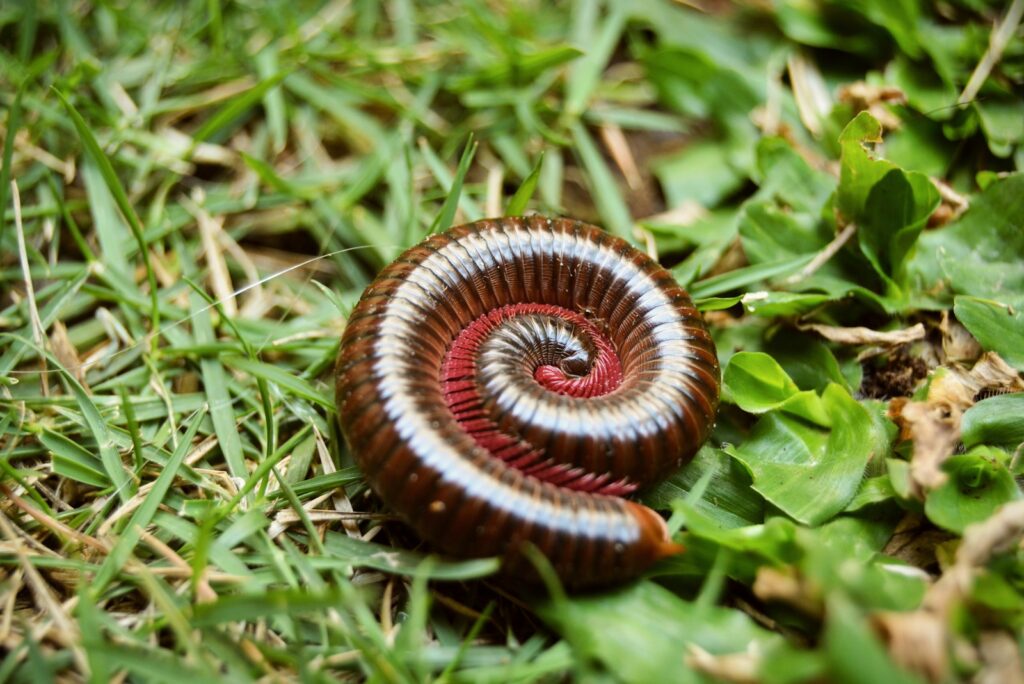
Though technically not insects but arthropods, millipedes offer the gentle temperament and straightforward care that make them excellent companions for novice invertebrate keepers. These peaceful detritivores feed primarily on decaying plant matter, making their diet of leaf litter and vegetables both inexpensive and easily obtainable. Most pet millipede species, such as the giant African millipede (Archispirostreptus gigas), move slowly and can be carefully handled, though owners should wash hands afterward due to the defensive secretions some species produce. Their enclosures require simple setups with deep, moist substrate for burrowing and hiding places, mimicking their natural forest floor habitat. The fascinating behaviors of millipedes, including their synchronized leg movements and social interactions when housed in groups, provide endless entertainment and educational value for observers of all ages.
Madagascar Hissing Cockroaches: Surprisingly Suitable

Despite the negative reputation cockroaches often carry, the Madagascar hissing cockroach (Gromphadorhina portentosa) stands out as an exceptional insect pet that challenges common perceptions. These impressive insects are clean, odorless, and incapable of climbing smooth surfaces, making escape far less likely than with many other cockroach species. Their distinctive hissing sound, produced by forcing air through specialized breathing tubes, provides a unique interactive experience rarely found in the insect pet world. With lifespans reaching 2-5 years, these cockroaches offer longer-term companionship than many other insect options, allowing owners to develop genuine connections. Their care is remarkably simple, requiring only a secure enclosure with hiding spots, fresh fruits and vegetables, and commercial insect diet supplementation.
Crickets: Beyond Feeder Insects
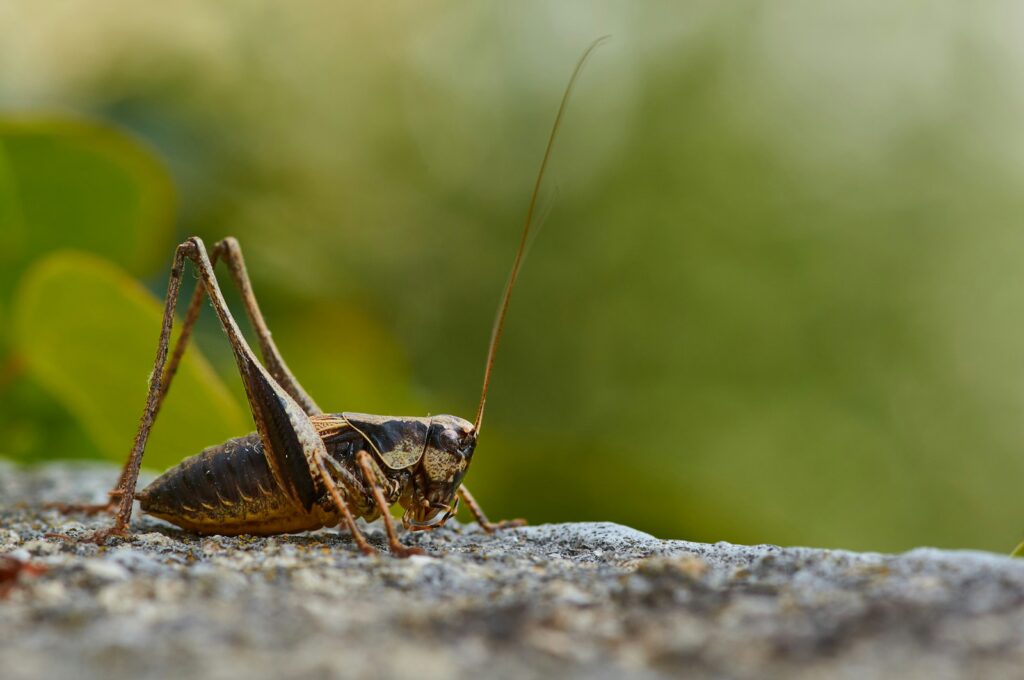
While often viewed primarily as food for other pets, crickets have characteristics that make them fascinating pets in their own right for those who appreciate their unique qualities. Their distinctive chirping, produced by males rubbing their wings together to attract mates, creates a pleasant background ambiance reminiscent of summer evenings. House crickets (Acheta domesticus) and Jamaican field crickets (Gryllus assimilis) are particularly suitable as pets, requiring only simple enclosures with egg cartons for hiding, shallow water sources, and basic food needs. Their relatively short lifespan of 8-10 weeks means owners can observe complete life cycles multiple times throughout the year, from egg to nymph to chirping adult. Their active, social behavior creates dynamic displays as they interact, compete for resources, and engage in courtship behaviors, providing constant entertainment for observant keepers.
Challenging Insects: Butterflies and Moths
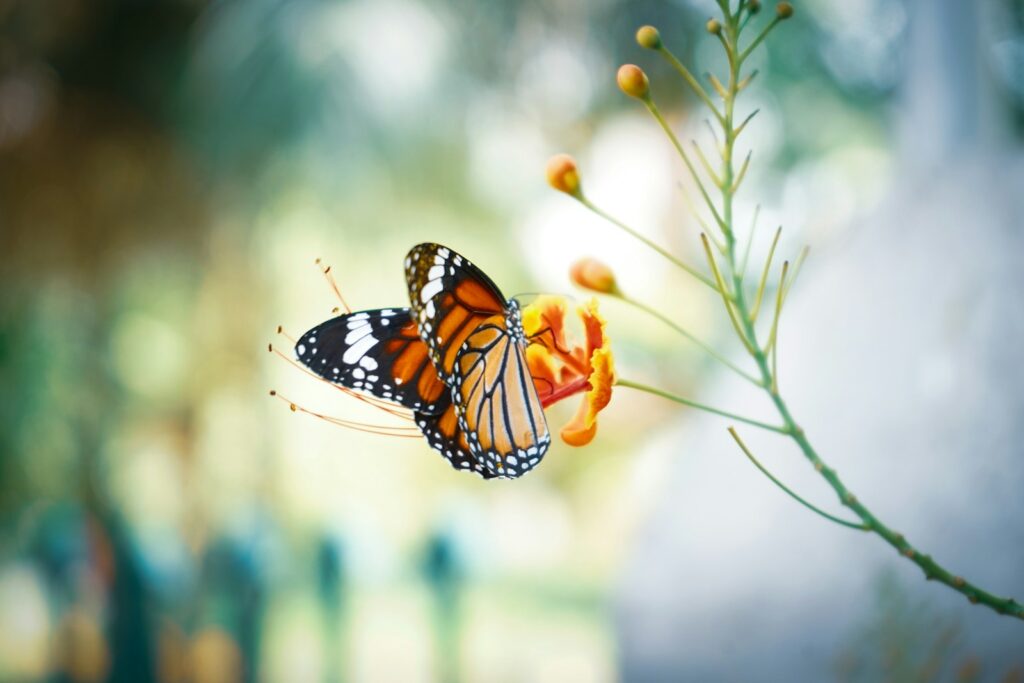
While the transformation of caterpillars into butterflies or moths captures the imagination, these insects generally make challenging long-term pets due to their specialized needs throughout their complex life cycles. Most butterfly and moth species require specific host plants for their caterpillar stages, many of which are difficult to source consistently year-round. Their adult forms typically need flight space far exceeding what most home enclosures can provide, leading to stress and shortened lifespans in captivity. The delicate nature of their wings makes handling extremely difficult without causing damage, limiting the interactive aspect that many pet owners desire. While raising them temporarily for educational purposes can be rewarding, their natural tendency to roam makes them better suited for observation in garden settings rather than as confined pets.
Insects to Avoid: Wasps and Hornets
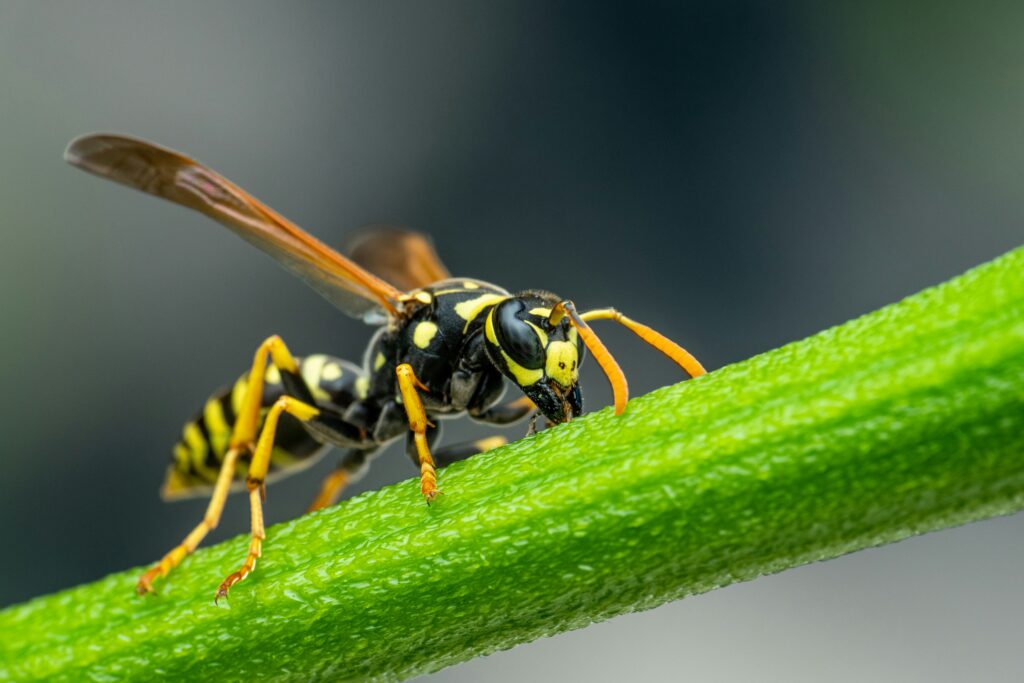
Social wasps and hornets present significant challenges that make them unsuitable as pets for virtually all hobbyists, regardless of experience level. Their complex social structures depend on colony dynamics that are nearly impossible to replicate properly in captivity, leading to unsuccessful domestication attempts. The potent stinging capability of these insects poses serious health risks, with some species capable of delivering painful or even dangerous venom that can trigger severe allergic reactions. Unlike solitary bees that typically sting only when severely threatened, many wasp species can be territorial and aggressive in defending their nests, making interactions inherently risky. Additionally, their specialized predatory or scavenging dietary needs and complex nesting requirements create practical barriers to appropriate care that few private keepers can overcome.
Ants: Complex Social Systems
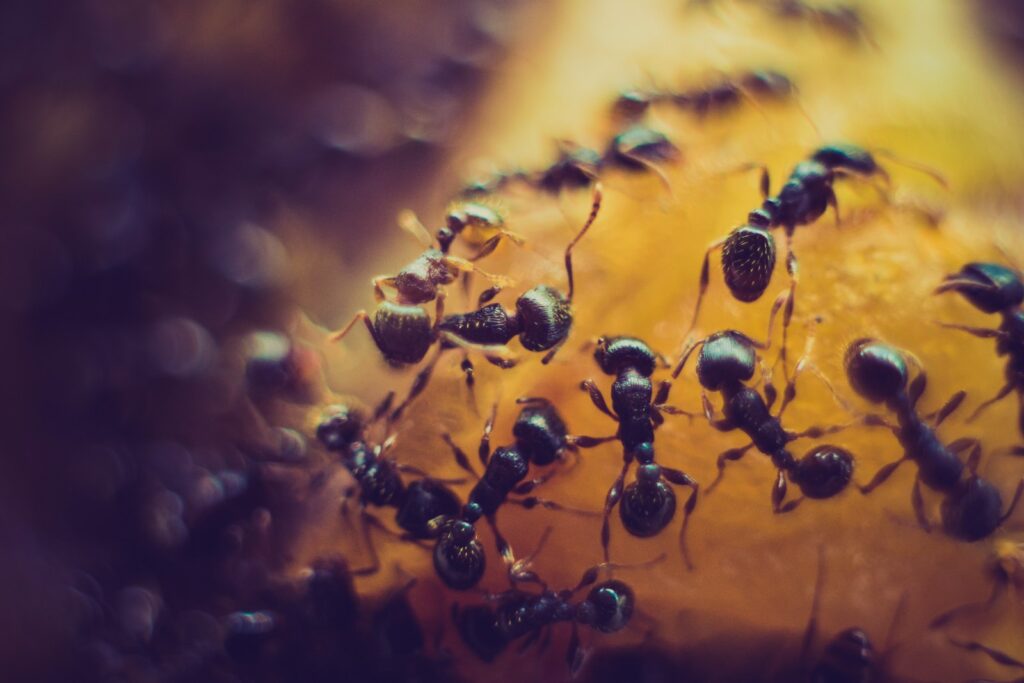
Ant colonies represent fascinating but challenging pet options due to their intricate social structures and specialized care requirements that differ significantly from most insect pets. Establishing a successful colony necessitates the presence of a fertile queen, without which the colony cannot sustain itself long-term, and acquiring queens ethically can prove difficult for average hobbyists. Many species require carefully designed formicaria (ant farms) with specific humidity zones, temperature gradients, and substrate types that recreate their natural nesting conditions. The small size of worker ants creates practical difficulties in containing them, with many species capable of squeezing through the tiniest openings or establishing satellite colonies outside their designated enclosures. While educational and visually impressive, successful ant keeping typically requires significant research, specialized equipment, and preparation beyond what most casual pet owners can provide.
Ethical Considerations in Insect Keeping
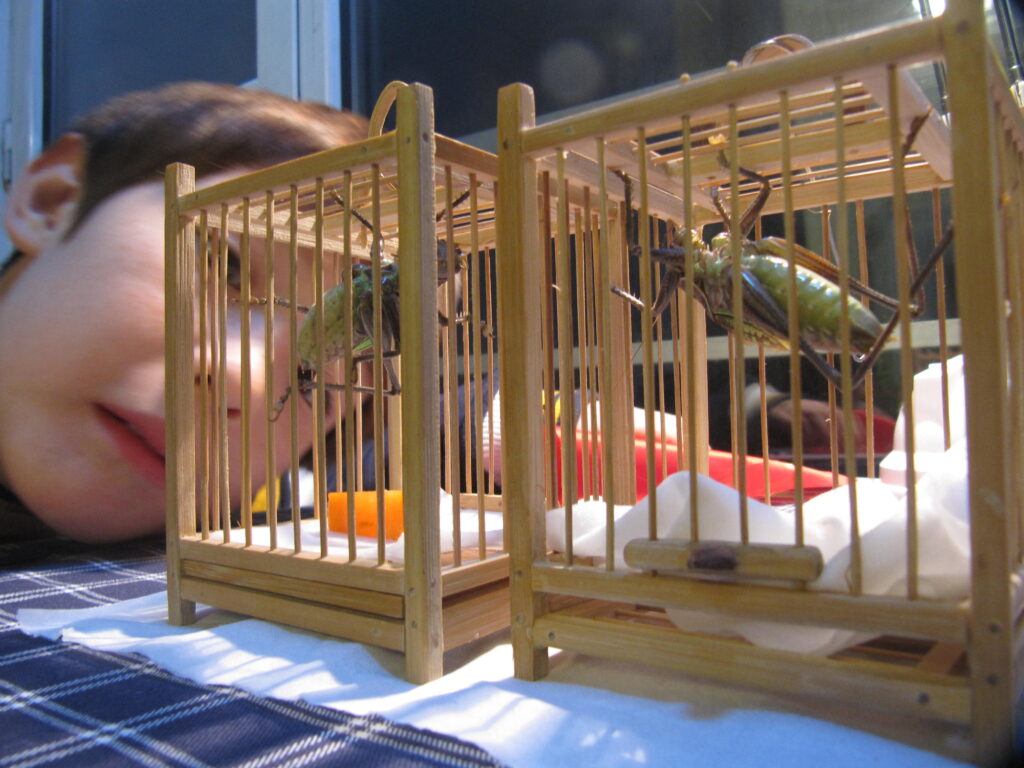
Ethical insect keeping requires thoughtful consideration of sourcing, environmental impact, and the invertebrate’s quality of life. Prospective owners should prioritize captive-bred specimens over wild-caught individuals, which helps prevent disruption of natural populations and reduces the spread of diseases within wild communities. Understanding the specific needs of each species is essential, as even insects require appropriate space, diet diversity, environmental enrichment, and social conditions depending on their natural behaviors. Responsible ownership includes having clear plans for colony management in prolific breeders, preventing accidental releases of non-native species that could become invasive, and researching local regulations regarding certain species. While research on insect sentience continues to evolve, ethical keepers increasingly approach their care with the assumption that these creatures can experience forms of suffering and therefore deserve appropriate welfare considerations.
Starting Your Insect Pet Journey

Beginning your adventure with insect pets should follow a methodical approach that maximizes success and enjoyment for both keeper and insect. Start by thoroughly researching species that match your experience level, available time, and housing constraints, consulting resources like entomology forums, scientific literature, and established keepers for accurate care information. Prepare appropriate housing before acquiring your insect, ensuring that temperature, humidity, ventilation, substrate, and furnishings meet the specific needs of your chosen species. Establish reliable food sources, particularly important for predatory insects that require live prey or species with specialized plant diets that might be seasonally available. Consider connecting with local entomology clubs or online communities where experienced keepers can provide guidance, troubleshooting advice, and sometimes even adopt insects that have outgrown their current homes, creating a supportive network for your new hobby.
Conclusion: Finding Your Perfect Six-Legged Companion
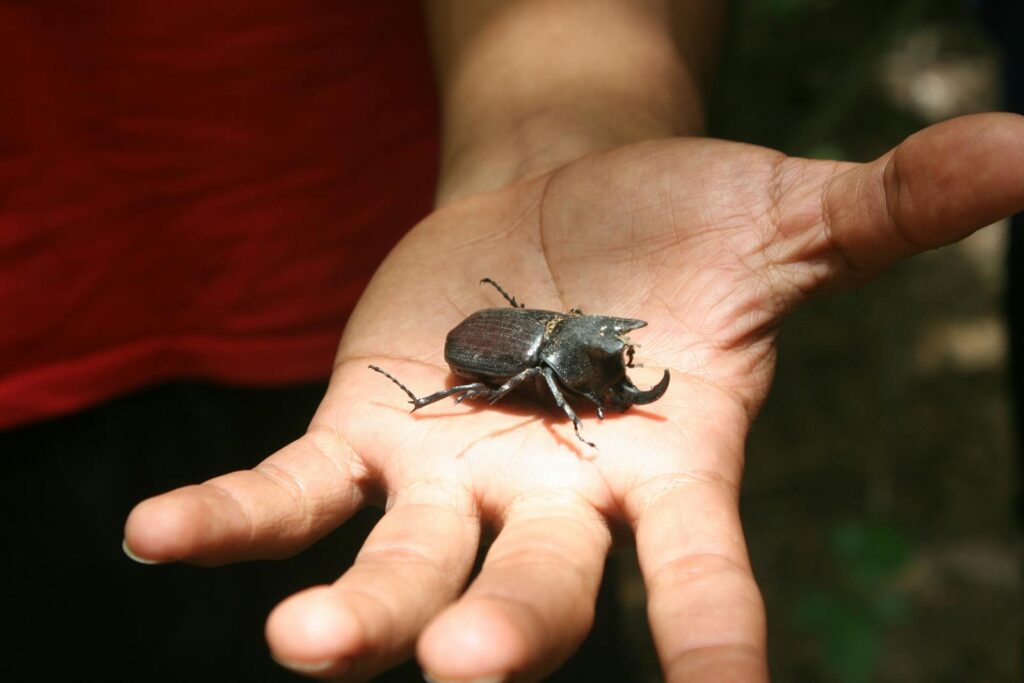
The world of insect pets offers remarkable diversity, allowing almost anyone to find a species that aligns with their interests, lifestyle, and care capabilities. For beginners, species like stick insects, Madagascar hissing cockroaches, and giant millipedes provide rewarding experiences with relatively straightforward care requirements. More experienced keepers might graduate to mantids, specific beetle species, or even carefully managed ant colonies as their knowledge and equipment evolve. While certain insects present inherent challenges that make them poor pet choices, the wide variety of suitable species ensures options for different living situations, time commitments, and interaction preferences. By approaching insect keeping with respect, research, and appropriate expectations, these fascinating invertebrates can provide unique companionship, educational opportunities, and a deeper appreciation for the incredible diversity of life that surrounds us daily.

